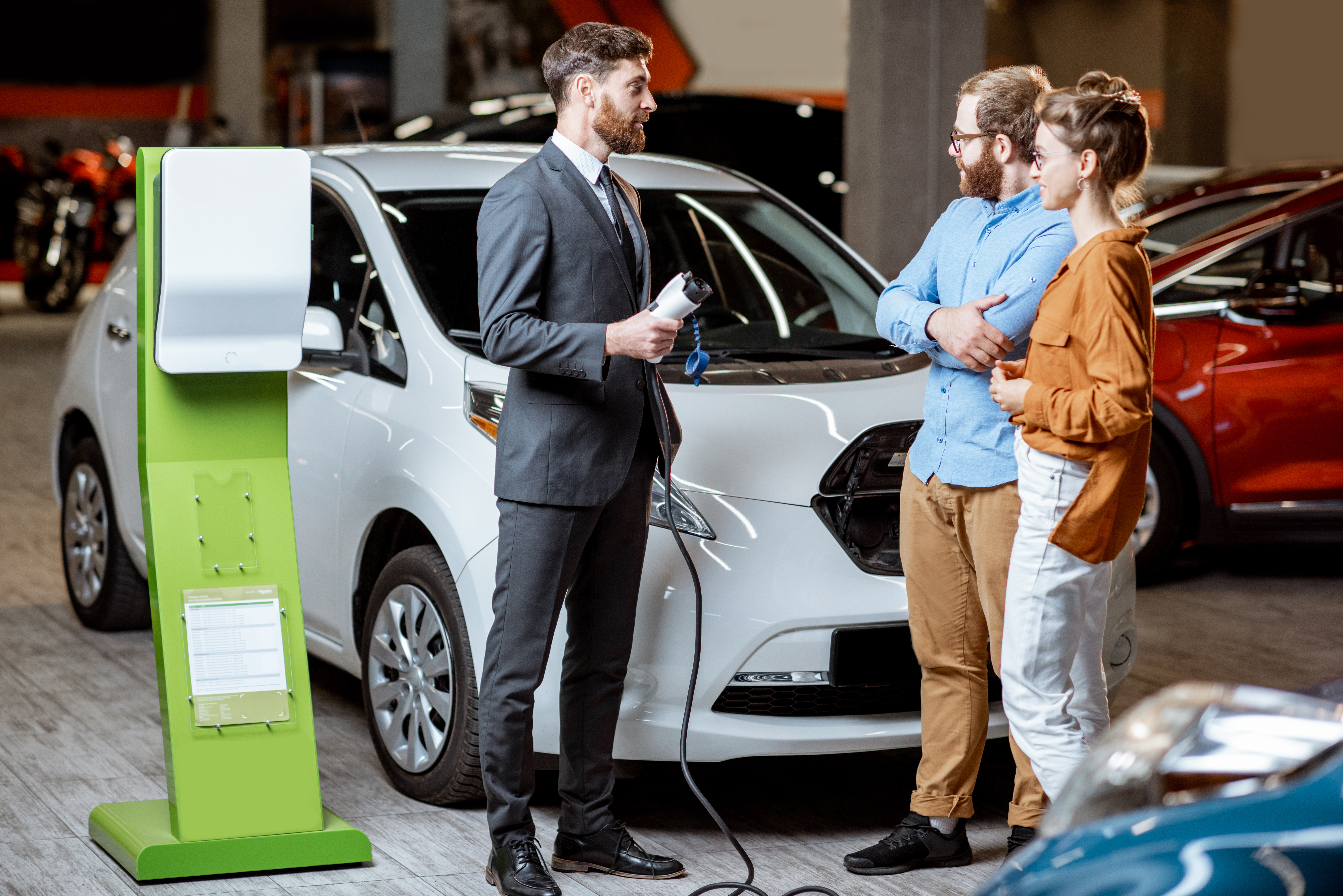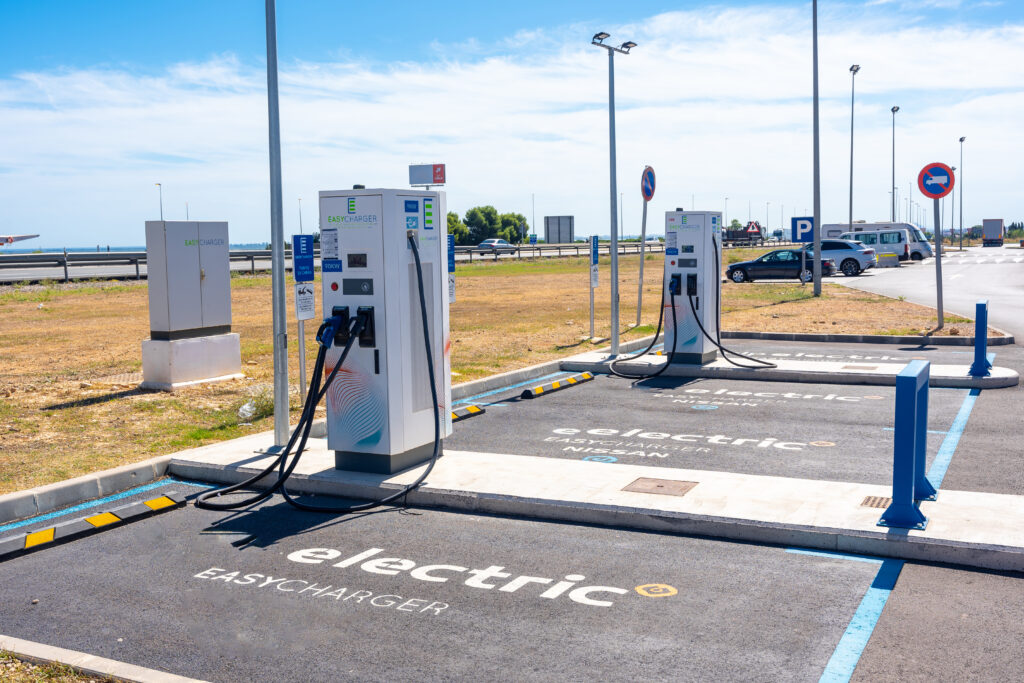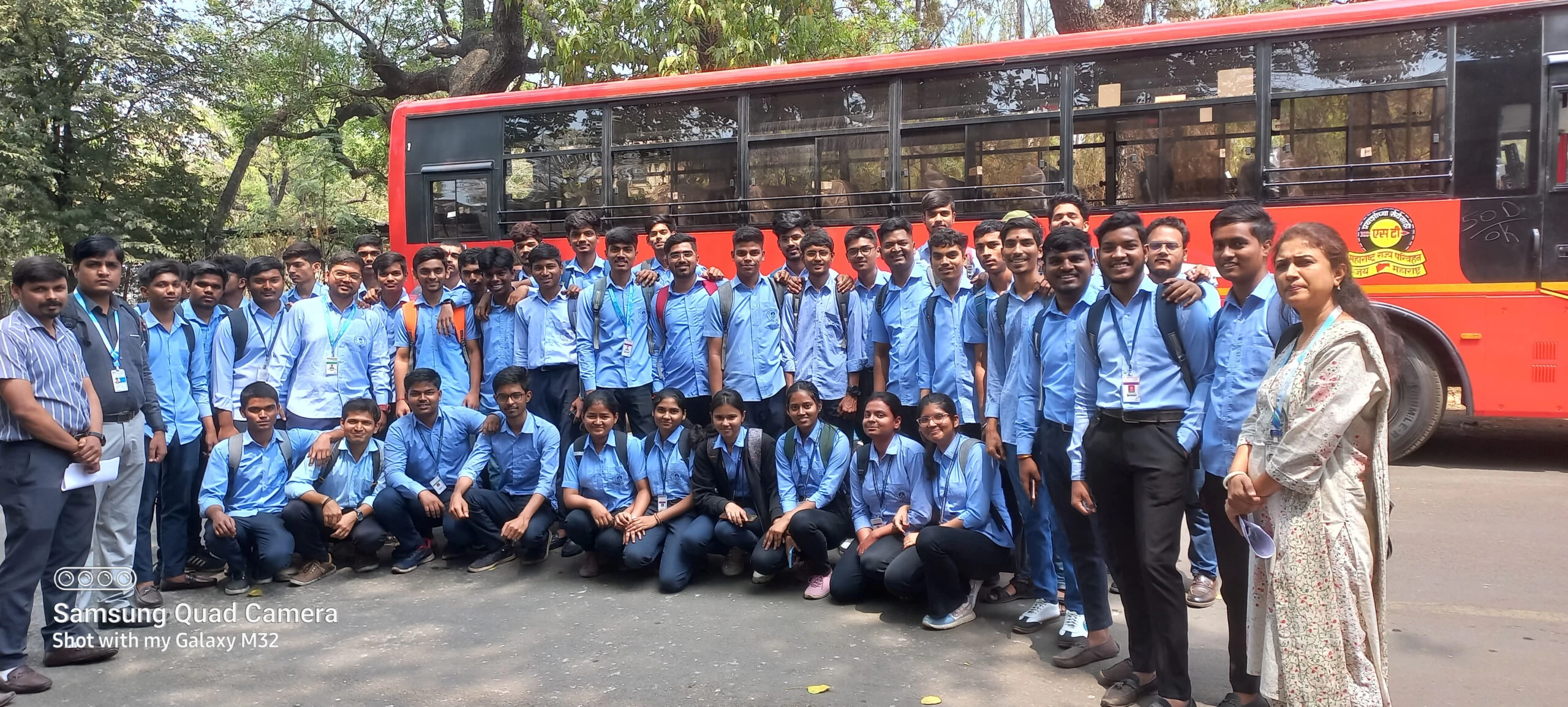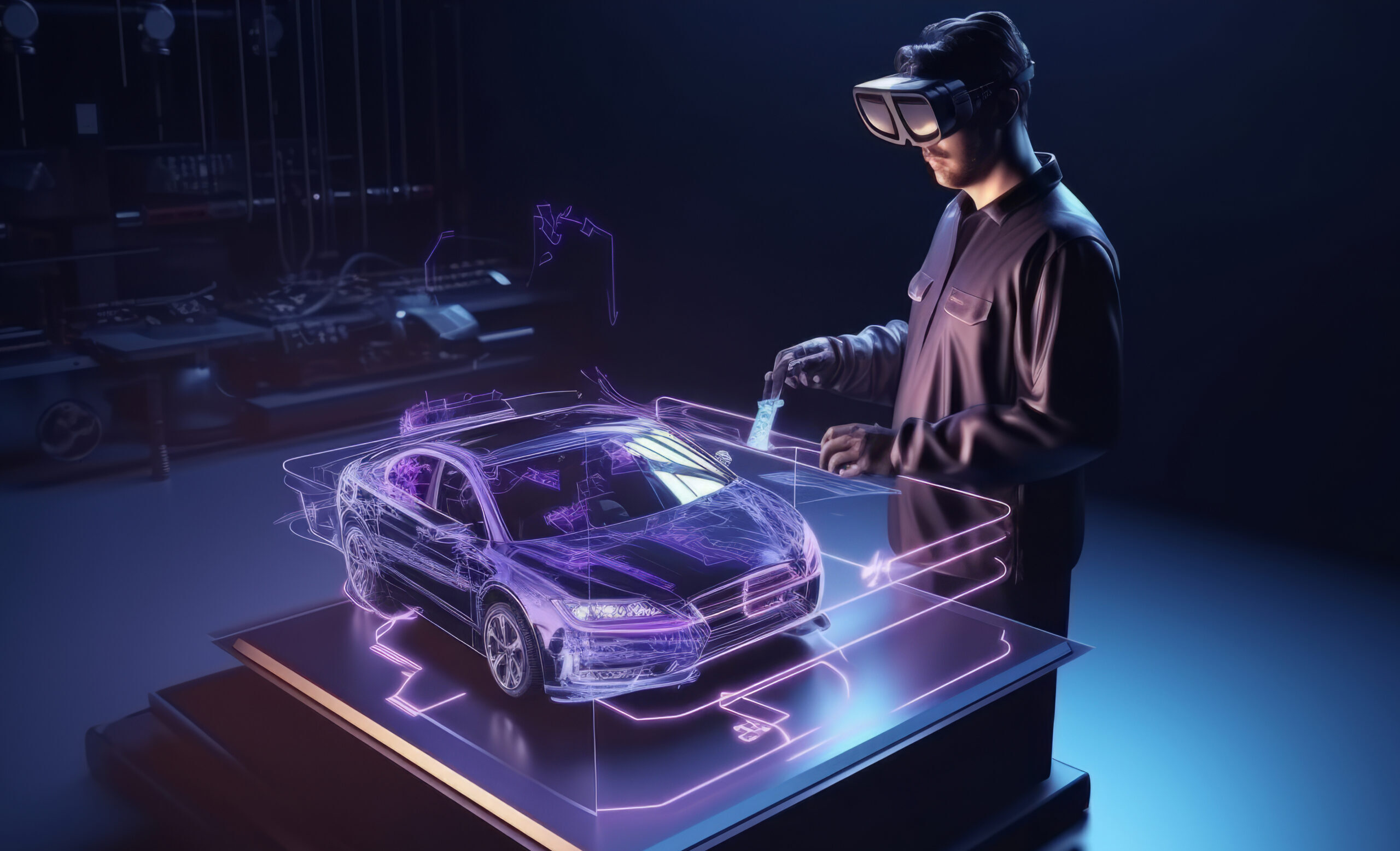
In the quest for sustainable transportation solutions, electric vehicles (EVs) have emerged as a promising alternative to traditional internal combustion engine vehicles. By harnessing the power of electricity, EVs offer the potential to reduce greenhouse gas emissions, decrease dependence on fossil fuels, and mitigate environmental impact. However, the widespread adoption of EVs presents both challenges and opportunities for power systems. In this blog, we’ll explore the evolving landscape of electric vehicles and the innovative solutions being developed to address the challenges in powering them effectively.
The Rise of Electric Vehicles:
The transition to electric vehicles represents a significant shift in the automotive industry, driven by environmental concerns, advancements in battery technology, and government initiatives to reduce carbon emissions. Electric vehicles offer numerous advantages, including lower operating costs, reduced air pollution, and quieter operation. Additionally, the growing availability of charging infrastructure and improvements in battery range and performance have bolstered consumer confidence in EVs.
Challenges in Power Systems:
1. Grid Capacity and Stability:
The widespread adoption of electric vehicles poses challenges to power grids, particularly in densely populated areas. The increased demand for electricity from charging EVs can strain grid capacity and impact system stability, leading to voltage fluctuations and power outages. Managing the charging load and ensuring grid resilience are critical concerns for power system operators.
2. Charging Infrastructure:

The deployment of charging infrastructure is essential to support the growth of electric vehicles. However, the availability and accessibility of charging stations remain significant barriers to adoption. Developing a robust charging infrastructure network, including fast-charging stations and smart charging solutions, is crucial to enable long-distance travel and facilitate widespread EV adoption.
3. Energy Storage and Grid Integration:
Energy storage systems play a vital role in balancing supply and demand in power grids with high levels of renewable energy integration. Battery storage technologies can store excess energy during periods of low demand and discharge it during peak demand, improving grid stability and reliability. Integrating electric vehicle batteries into the grid as distributed energy storage units offers potential solutions for grid balancing and peak shaving.
Innovations in Power Systems:
1. Smart Charging Technologies:
Smart charging solutions leverage advanced algorithms and communication technologies to optimize charging schedules and manage grid impact. These systems enable dynamic pricing, demand response, and vehicle-to-grid (V2G) capabilities, allowing EVs to serve as grid resources. By coordinating charging patterns based on grid conditions and renewable energy availability, smart charging technologies mitigate stress on the grid and enhance system efficiency.
2. Grid-Interactive Vehicles (GIVs):
Grid-interactive vehicles, also known as bidirectional or V2G-enabled vehicles, have the ability to charge from and discharge electricity back to the grid. GIVs can provide grid services such as frequency regulation, voltage support, and energy arbitrage, enhancing grid stability and resilience. Integrating GIVs into power systems transforms EVs from passive consumers to active participants in the energy ecosystem, unlocking new revenue streams and enhancing grid flexibility.
3. Wireless Charging Systems:
Wireless charging technology eliminates the need for physical cables and connectors, offering convenience and flexibility for EV owners. Inductive charging systems use electromagnetic fields to transfer power wirelessly between a charging pad on the ground and a receiver installed on the vehicle. Wireless charging infrastructure can be integrated into roads, parking lots, and other urban areas, enabling seamless and automatic charging experiences for EV users.
Conclusion:
Electric vehicles represent a pivotal opportunity to transition towards a more sustainable and resilient transportation system. However, realizing the full potential of EVs requires addressing challenges related to power systems integration and infrastructure development. By embracing innovative technologies and collaborative approaches, stakeholders in the automotive and energy sectors can overcome these challenges and build a cleaner, more efficient transportation ecosystem. Together, we can power the future with electric vehicles and pave the way towards a greener, more sustainable world.






